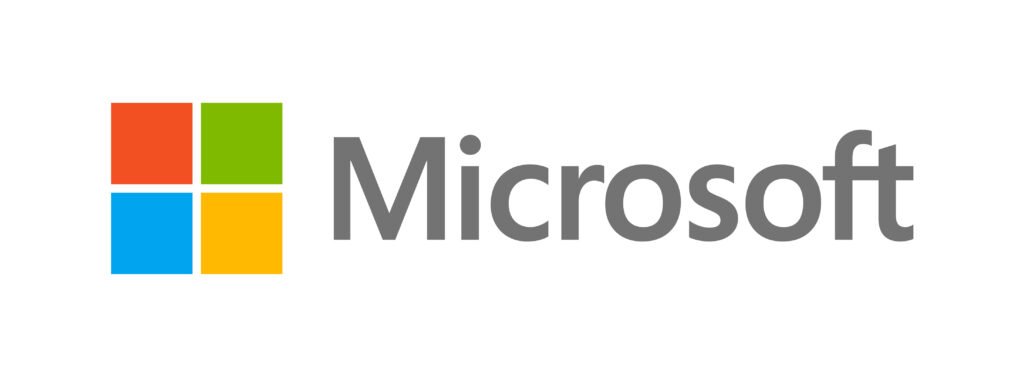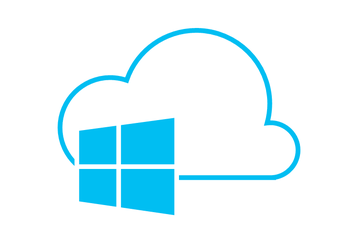In a significant disruption to businesses and services worldwide, a major Microsoft cloud outage affected multiple sectors, including airlines, banking, and media. The outage, which began on Thursday evening, caused chaos for several low-cost carriers in the United States, disrupted global Microsoft Azure and Office365 services, and impacted various applications and services that depend on Microsoft’s cloud infrastructure.
Impact on Airlines
Low-cost carriers such as Frontier Airlines, Allegiant, and Sun Country Airlines were among the most affected. Frontier Airlines, a unit of Frontier Group Holdings, reported that a “major Microsoft technical outage” had hit its operations, resulting in the cancellation of 147 flights and delays to 212 others. Allegiant, based in Nevada, stated that its website was unavailable due to the Microsoft Azure issue. Sun Country Airlines also faced disruptions, with 23% of its flights delayed. The outage severely impacted booking and check-in facilities, grounding flights and causing significant inconvenience to passengers.
Frontier Airlines announced late Thursday that it was in the process of resuming normal operations and that the ground stop had been lifted. However, the cascading effects of the outage meant that flight schedules remained disrupted well into the following day.
Broader Global Impact
The outage was not confined to the United States. Airlines and airports worldwide reported similar issues. In Europe, users of Ryanair’s app and website experienced disruptions, preventing them from checking in for flights. Berlin Brandenburg Airport in Germany and Edinburgh Airport in the UK reported IT issues causing delays at check-in counters.
Australian airline Qantas also reported being affected, further highlighting the global reach of the Microsoft cloud outage. These disruptions underscored the critical reliance of global air travel on robust and uninterrupted IT services.
Microsoft’s Response
Microsoft acknowledged the issue, stating that the outage began at approximately 6 pm ET on Thursday. The company reported that a subset of its customers experienced issues with multiple Azure services in the Central U.S. region. Azure, a cloud computing platform, provides essential services for building, deploying, and managing applications and services, making the outage particularly disruptive.
In addition to Azure, Microsoft reported issues impacting various Microsoft 365 apps and services. The company mentioned that a “configuration change” in a part of their Azure backend workloads caused “interruption between storage and compute resources,” rendering several Microsoft 365 apps unusable. Moreover, Microsoft’s Service Health Status page indicated ongoing service degradation, with some services like Microsoft Defender, Intune, OneNote, and SharePoint Online seeing partial restoration, while others like PowerBI, Fabric, Teams, Purview, and Viva Engage remained down.
Microsoft was quick to address the outage, rerouting impacted traffic to alternate systems to mitigate the issue. The company assured users that it was treating the event with the highest priority and urgency, striving to restore full service as soon as possible.
Widespread Corporate Disruption
The ripple effects of the outage were felt across various sectors. Banks, media outlets, and other corporations relying on Microsoft’s cloud services experienced significant disruptions. Moreover, Reports emerged of a mass IT outage affecting companies globally, with Sky News in the UK going off air and several banks reporting IT issues.
The outage highlighted the dependency of modern businesses on cloud services. Companies worldwide rely on platforms like Azure and Office365 for critical operations, including data storage, communication, and application hosting. The disruption served as a stark reminder of the vulnerabilities inherent in centralized cloud infrastructures.
Continuing Challenges and Future Implications
While Microsoft worked to resolve the issues, the outage raised questions about the resilience and reliability of cloud services. The incident underscored the need for robust disaster recovery and contingency planning for businesses dependent on cloud platforms. As companies increasingly migrate to cloud services, ensuring redundancy and failover capabilities becomes paramount to avoid such widespread disruptions in the future.
The outage also prompted discussions about the concentration of critical IT services within a few large providers. As major tech giants like Microsoft, Amazon, and Google dominate the cloud market, outages in their services can have far-reaching impacts across multiple sectors. This concentration poses a risk to global IT stability, urging a reevaluation of strategies to distribute and diversify critical services.
Conclusion
In conclusion, The Microsoft cloud outage served as a significant disruption to global operations, impacting airlines, banks, media outlets, and various other sectors. The incident highlighted the critical dependence on cloud services and the potential vulnerabilities of centralized IT infrastructures. Moreover, As Microsoft worked to restore services, the outage underscored the importance of robust contingency planning and the need for diversified IT strategies to mitigate future risks.
The event also sparked broader conversations about the resilience of cloud services and the implications of their concentrated control by a few large providers. As businesses continue to rely heavily on cloud platforms, ensuring stability and reliability will be crucial in maintaining uninterrupted operations in an increasingly digital world.











